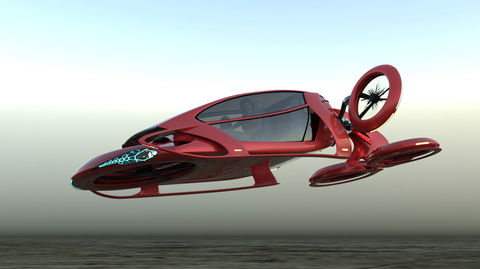
- A flotilla of automated mining and assembly rigs building the first segment of Aurora, three years before the colonists were due to arrive. The Barnard System, 2194.
It was clear by the mid-2050s that human health required normal gravity, but deep gravity wells made moons and planets impractical bases for most applications. Huge rotating habitats, called O'Neill cylinders, were built, and by the mid-2100s, their construction was well understood and mostly automated.
As seen here, the flotilla built the Auroran tubes in sections, first constructing each section's exterior, then spinning it up to take advantage of the artificial gravity to finish the interior.
Hover for caption

The enormous support column rose into the sky, intersected the Axle, and continued to the opposite side of the tube, spanning the tube’s diameter.
When Shea was a kid, he thought skywires held up the other side of the tube to keep it from crashing down on their heads, but in fact they did the opposite—they were each composed of thousands of cables that helped hold the tube together, keeping it from being flung apart by the centrifugal forces of the rotation.
- adapted from Primordial,
book one of the Aurora Trilogy
- Aurora at dawn, 2280. Eight kilometers from the agricultural terraces on South Cap.
Hover for caption

























